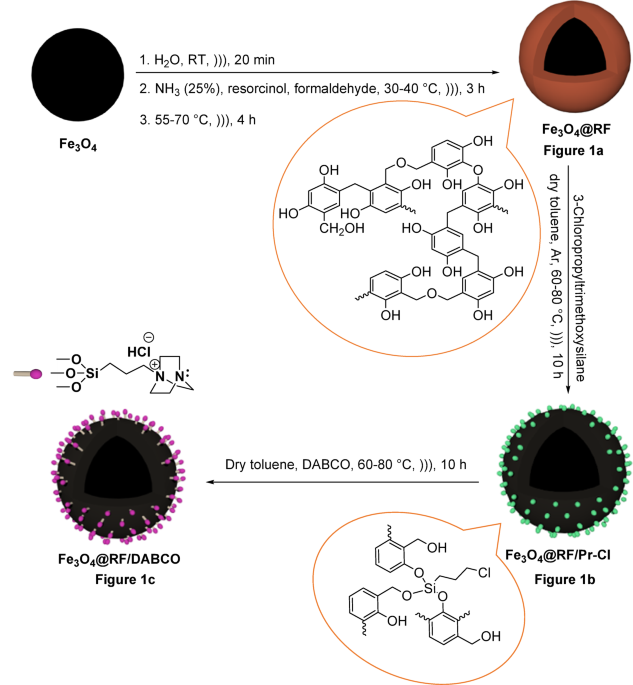Mondal, K. & Sharma, A. Recent advances in the synthesis and application of photocatalytic metal–metal oxide core–shell nanoparticles for environmental remediation and their recycling process. RSC Adv. 6, 83589–83612 (2016).
Category: 6. Chemistry
-
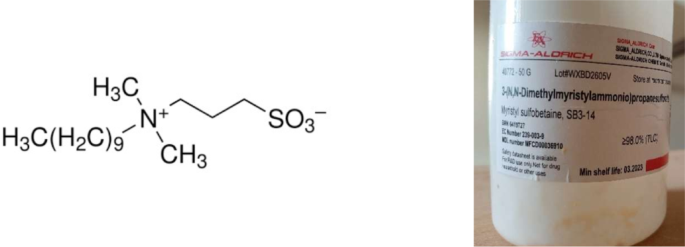
Experimental and theoretical investigation of zwitterionic surfactant adsorption on calcite for enhanced oil recovery
CMC measurement of ZW4
The Critical Micelle Concentration (CMC) is the concentration at which surfactant molecules transition from existing as individual units to forming clusters called micelles. Below the CMC, the surfactant molecules remain…
Continue Reading
-

Developing transferable and universal IR biomarkers for intraoperative colorectal cancer diagnosis via FTIR spectroscopy
Spectral variations among different groups and cross studies
Eight key IR bands were identified in the spectral region between 1000 cm-1 and 1800 cm– 1 (Fig. 1). The bands at 1080 cm– 1 and 1236 cm– 1 are attributed to the symmetric…
Continue Reading
-
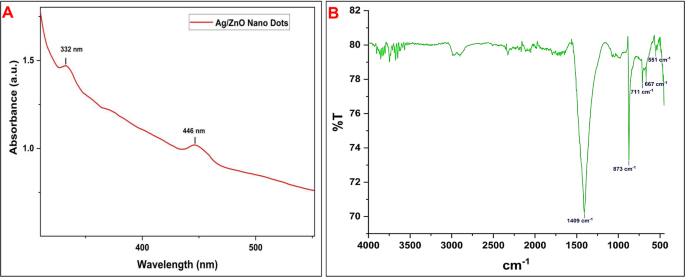
Ag/ZnO nanodots from Artemisia austroyunnanensis as antibacterial and anticancer agents against human neuroblastoma cells
UV-Vis spectroscopy
The UV-Vis spectrum of the biogenic Ag/ZnO nanodots showed two distinct absorption peaks at 332 nm and 446 nm (Fig. 1A). The peak at 332 nm corresponds to the excitonic transition of ZnO, confirming the presence of ZnO…
Continue Reading
-

Bubbles nucleation in supersaturated emulsion drops
The nucleation of bubbles in supersaturated fluids has a practical application in carbonated beverages and foamed foods1,2. It has the potential to replace propellants (such as nitrous oxide or carbon dioxide) in aerosol whipped creams3,4, and…
Continue Reading
-

Poor quality of sewage water in Ukraine: a priority in post-war rebuilding
To address the discussion of sewage water compliance with regulation requirements hereafter authors use ‘Me: MPC’ indicator on figures, estimated as ratio of found metal concentration to its correspondent MPC value (Table 3), e.g.
Continue Reading
-

Unraveling the NLO potential of isoquinoline functionalized chromophores via molecular modeling using DFT/TD-DFT approaches
The synthesized parent chromophore 5,6-diphenylbenzol[4,5]imidazo[2,1-a]isoquinoline (DPBI) is designed into the reference chromophore (MPBIR) by replacing one of the phenyl group with methyl group to reduce steric hindrance and lesser the…
Continue Reading
-
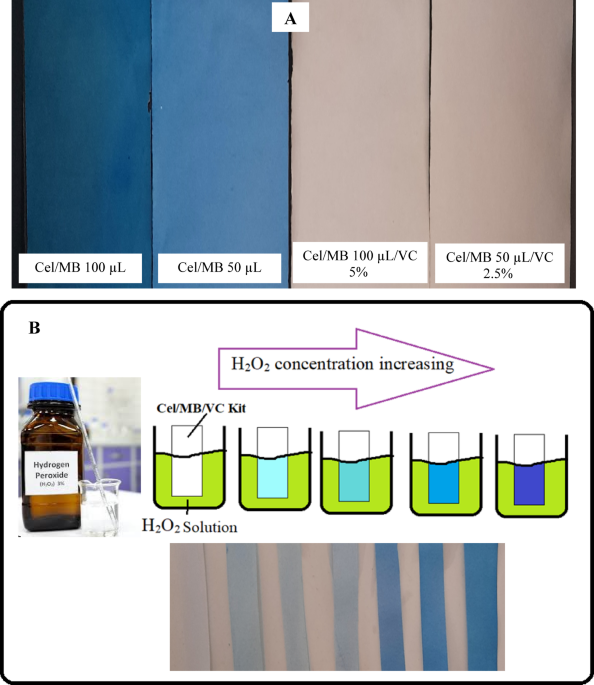
Preparation and characterization of biodegradable cellulose nanofiber films modified with methylene blue and vitamin C for detecting oxidants
In this study, the response surface method was used to investigate the effect of independent variables (MB amount and VC amount) on dependent variables (thickness, mechanical properties, moisture and WVP). Table 4 shows mathematical models…
Continue Reading
-

Improved performance of carbon-based perovskite solar cells using a multi-walled carbon nanotubes/Zn(COO)2 nanocomposite
The FTIR spectra of the precursor, zinc oxalate dihydrate, were recorded in the range of 4000–400 cm−1 (see Fig. 1a). A broad absorption band at 3428–3104 cm⁻1 is attributed to the ν(O–H) stretching mode. Other notable bands include…
Continue Reading
-
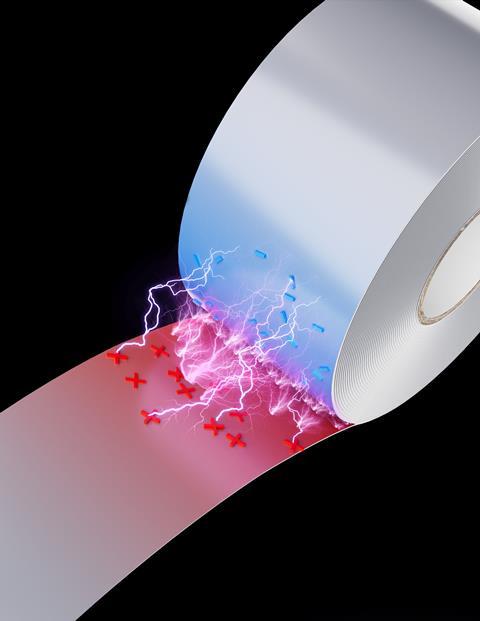
Researchers demonstrate how intense electric fields from peeling tape create ‘microlightning’ that can drive chemical reactions
The intense electric fields generated by peeling tape can produce ‘microlightning’ that can ionise reactants and drive chemical reactions, researchers in China and the US have shown.1 The researchers believe this demonstrates the…
Continue Reading
